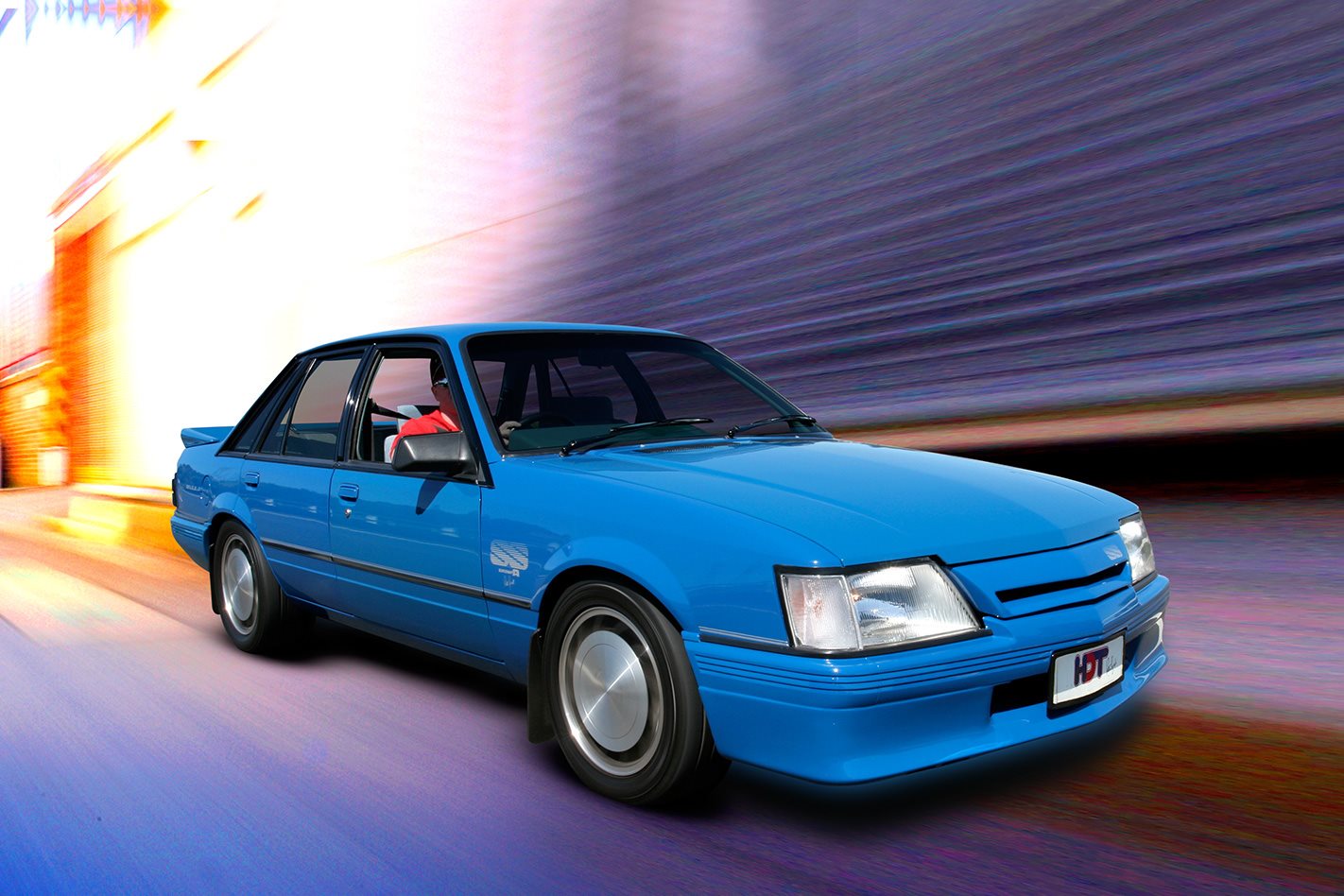The VK Group A SS: If there’s a car that better represents the road cars that Brock built, well, we can’t think of it.
Other cars to bear the Brock touch might have been quicker and crazier looking, but nothing sums up the attitude of the HDT-modified vehicles like the car that has become known as the Blue Meanie.
Not only was it tough as nails, it absolutely looked the part. It stood as a serious attempt to turn a road car into a racecar (it was the homologation special after all) and it was raw and ballsy as a result.
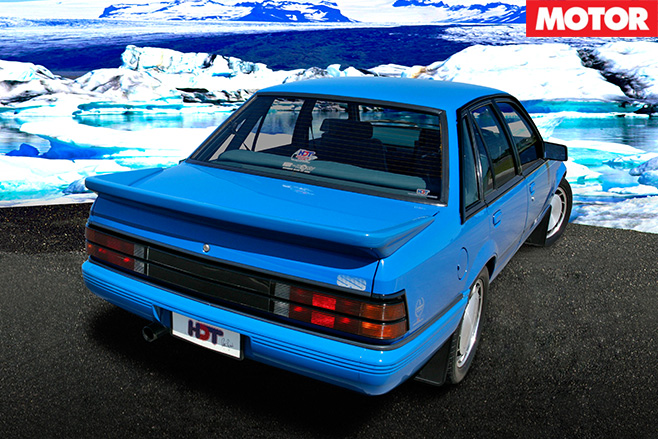
This sounds crazy, but more than two decades after the first hit the streets, nobody really knows whether the more basic VK SS was a Brock/HDT car or not.
Certainly, Brock had a great deal of input into the thing, but while some owners swear their car had a HDT build plate (under the bonnet, not the glove box-mounted plaque), others reckon not. And anyway, when Holden dropped the SS tag for the VK range, HDT picked it up as the name for its new base-model car, so any VK with SS in its name should, by rights, be a HDT vehicle.

But one thing’s for sure: the VK Group A SS was a Brock Commodore through an through. It had all the good bits and PB was heavily involved in every aspect of the thing, including appearing in the advertising of the day. Anyone remember ‘Body by Holden. Soul by Brock’?
Does any of this matter? Probably not, because the Blue Meanie has come to represent all that was great about high-performance Commodores of that era.
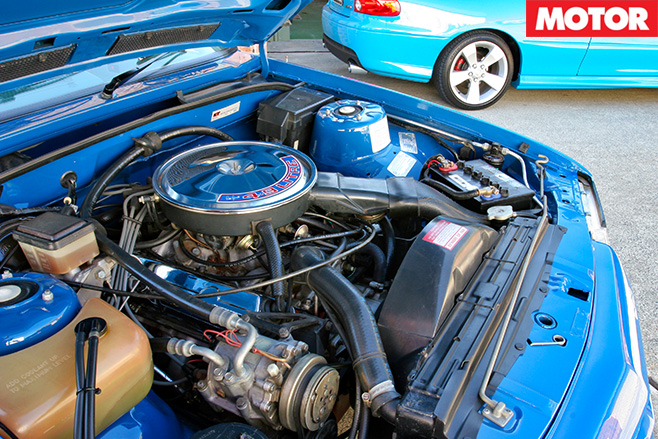
Known in this form as the A9L motor, the V8 blocks destined for the Group A were painted a distinctive shade of red. But don’t rely on that as proof of authenticity, because that’s the first bodge a faker will pull.
Although the original plans called for 500 examples to be built (to satisfy touring car homologation requirements) some reckon a stuff up in ordering meant that 502 were actually built.
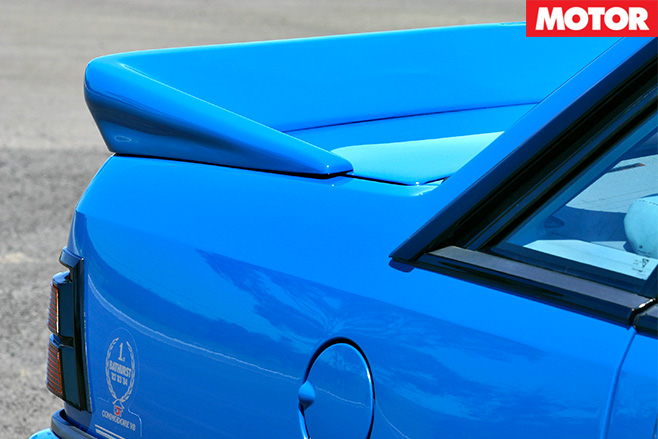
The other Group A additions included the deep front spoiler, bootlid spoiler, 16×7 alloy wheels and a bunch of interior changes including Scheel front seats, Momo wheel and gear-knob, and a very basic (read: lightweight) stereo with only two speakers.
There remains some controversy over whether all the Group A SSs got all those 196kW and there’s speculation in some camps that some examples were created more equal than others.
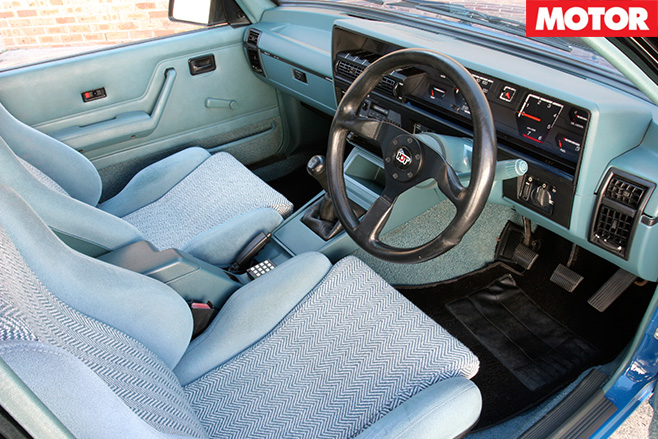
Let it off the leash and the Group A SS would wind up to about 3000rpm, and right at that point a fair chunk of hell would break loose as the 304 got up on its camshaft and exhaust.
Standard gearbox was the old M21 four-speed, but for an extra $2850 (a lot of gold in those days) you could spec the T5 five-cogger which made loads more sense. Not only did it give you some semblance of relaxed cruising, it also had a vastly nicer shift action than the old Muncie.

But what it could do was transport four or five big adults with all their gear, tow a boat or pretty much anything else you could ask of it. In short, it could still do all the things local muscle cars have become rightly famous for, yet it could also give pretty much anything else on the road at the time a glimpse (usually fleeting) of its tail-lights.
Provided you serviced the car properly (and used the right brand and grade of oil), not much would go wrong. But skip oil changes or use cheap oil and you were pretty much guaranteed to break a lobe or two (usually the rearmost pair) off the cam.
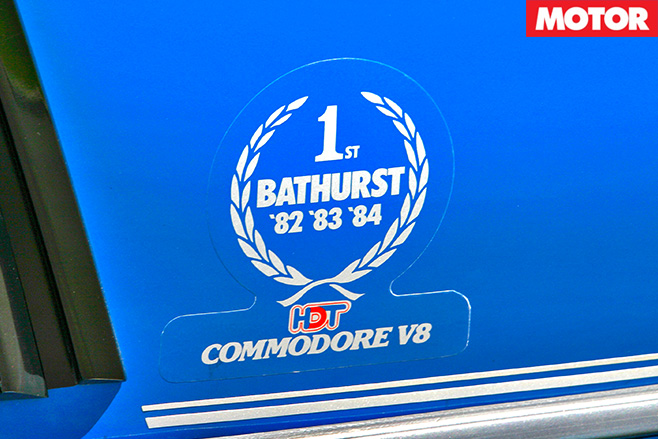
But in every other respect, the VK Group A SS was the quintessential balls-out Aussie road car of its era.
We’d also nominate the original VC as a classic example of Brock-ness (it was the first of the breed, after all), as well as maybe the VH Group 3 model with its Euro style.
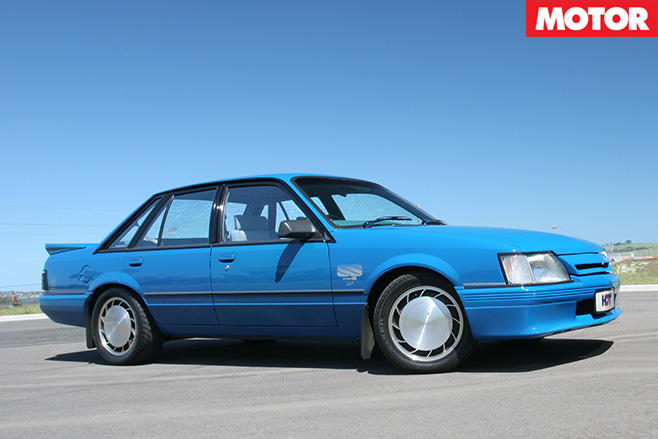
That it was the work of P Brock simply gives it the aura to match its abilities.
FAST FACTS
HDT VK GROUP A Body: Four-door sedan Drive: Rear-wheel Engine: 5.0-litre 16-valve V8 Bore X stroke: 101.6/76.8mm Power: 196kW @ 5200rpm Torque: 418Nm @ 3600rpm Transmission: 4-speed manual Wheelbase: 2668mm Weight: 1340kg Weight/Power: 7.8kg/kW Suspension: MacPherson struts, A-arms, anti-roll bar (f); trailing arms, coil springs, anti-roll bar ® Brakes: Vented 281mm discs (F&R) Tyres: 225/50VR16 Price: $21,950 (new, 1985)

